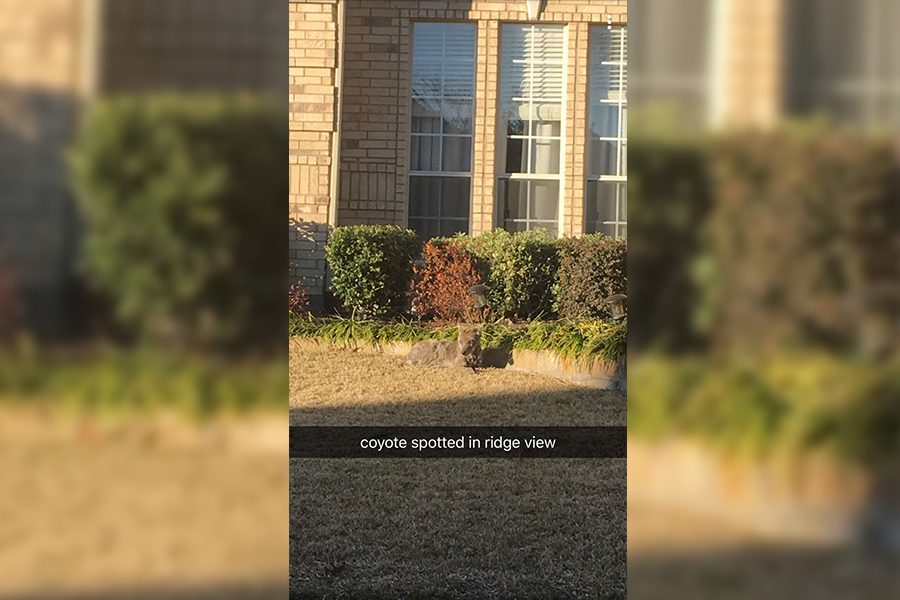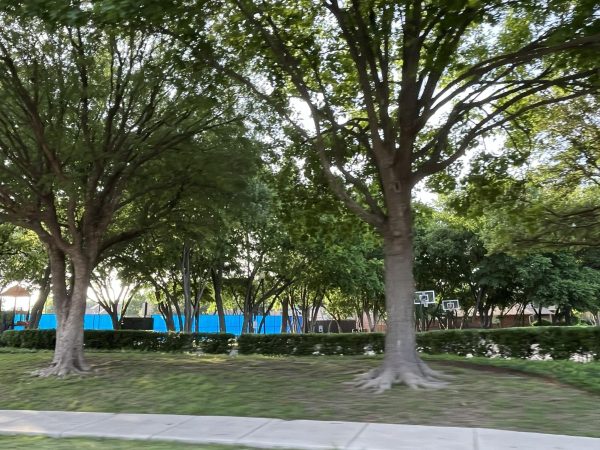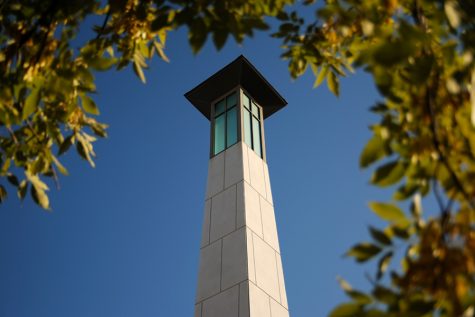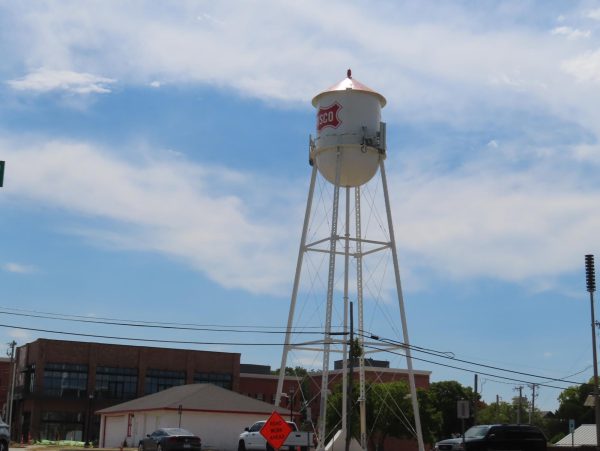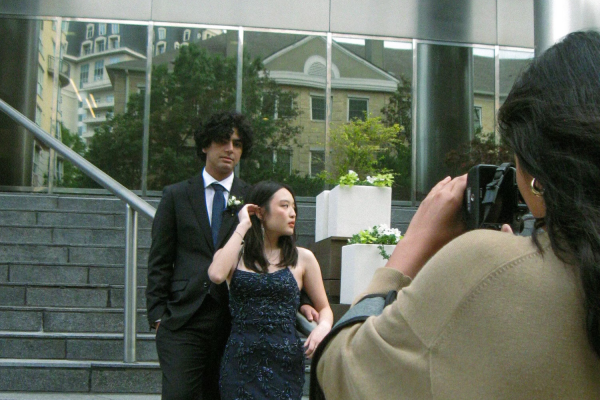City launches coyote tracking map
Recent attacks have prompted officials to provide a resource for citizens
Long a part of the local habitat, recent coyote attacks on humans in Frisco has led the city to launch a map that tracks the attacks. The map will help city officials learn where unusually aggressive coyotes may be more likely to attack which will allow more detailed information to be provided to the public.
After a coyote in Frisco attacked three joggers and a child in the final two months of 2018, the city launched an interactive map on Wednesday to track coyote sightings. Residents can fill out an online form to report sightings, that city officials hope will enable Frisco Animal Services to assess patterns of coyotes and attacks.
We need the public’s help to track sightings. We need to get along with these animals; they were here first,
— Frisco Police Department Chief John Bruce
“We need the public’s help to track sightings, so we can better concentrate our efforts on specific locations,” Frisco Police Department Chief John Bruce said in a press release. “As Frisco builds out, we’ll continue to encounter coyotes and other wildlife. We need to get along with these animals; they were here first. That’s why we’re working with experts to learn how to avoid up close interactions and know what to do if we experience an aggressive animal.”
With many residents concerned by the coyote sightings, the rapid growth of Frisco plays a role in the species’ presence in town.
“Frisco is one of the suburban areas to the DFW area that has experienced extreme urbanization at a very fast pace, so fast that even the natural wildlife around here cannot seem to move and migrate out as quickly as we move in,” AP Environmental Science teacher Jamie Berendt said. “Even though we might scare them away, their resources are still in the area. Coyotes are not gone, they’re just kind of hiding in the hideaway from humans, but then they come out during their time of hunting and they take advantage of the trash that we have.”
Removing Frisco’s coyote population might minimize the risk of attacks, but could have potentially devastating effects on the local environment.
Coyotes help the population control and it’s just not a smart thing to kind of mess with that kind of food chain,
— AP Environmental Science teacher Jamie Berendt
“Coyotes as a species tend to be loners at parts of the day, but also [have] pack mentality and so you would disrupt their whole balance with like, with the whole the area and everything with the food chain, it would be disrupted as well,” Berendt said. “I think we would see really increasing amounts of rodents and rabbits. Coyotes help the population control and it’s just not a smart thing to kind of mess with that kind of food chain.”
Interbreeding might be one possible explanation for what appears to be an increase in recent attacks on pets and humans.
“That makes sense because even though you know, they’re coyotes, that doesn’t mean they wouldn’t mate with other dogs that are stray or wild around here,” Berendt said. “If it’s a hybrid that’s probably a mixture, it has characteristics of other breeds kind of in there. That just shows with urbanization, when we bring in our own pets and everything, we run that risk too.”
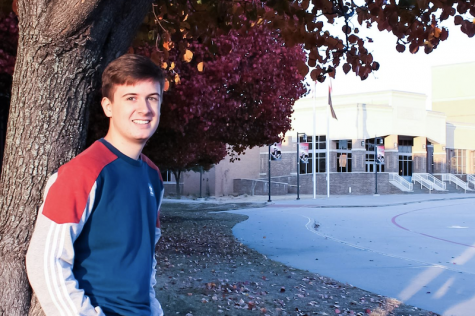
Lucas is a senior in his fourth year of Wingspan. As vice-president of Youth and Government on campus and at the Plano YMCA, he helps teach members bill-writing...

Dea is a senior who has been doing journalism since her freshman year. She loves movies, reading and listening to music. Her favorite book series is...



